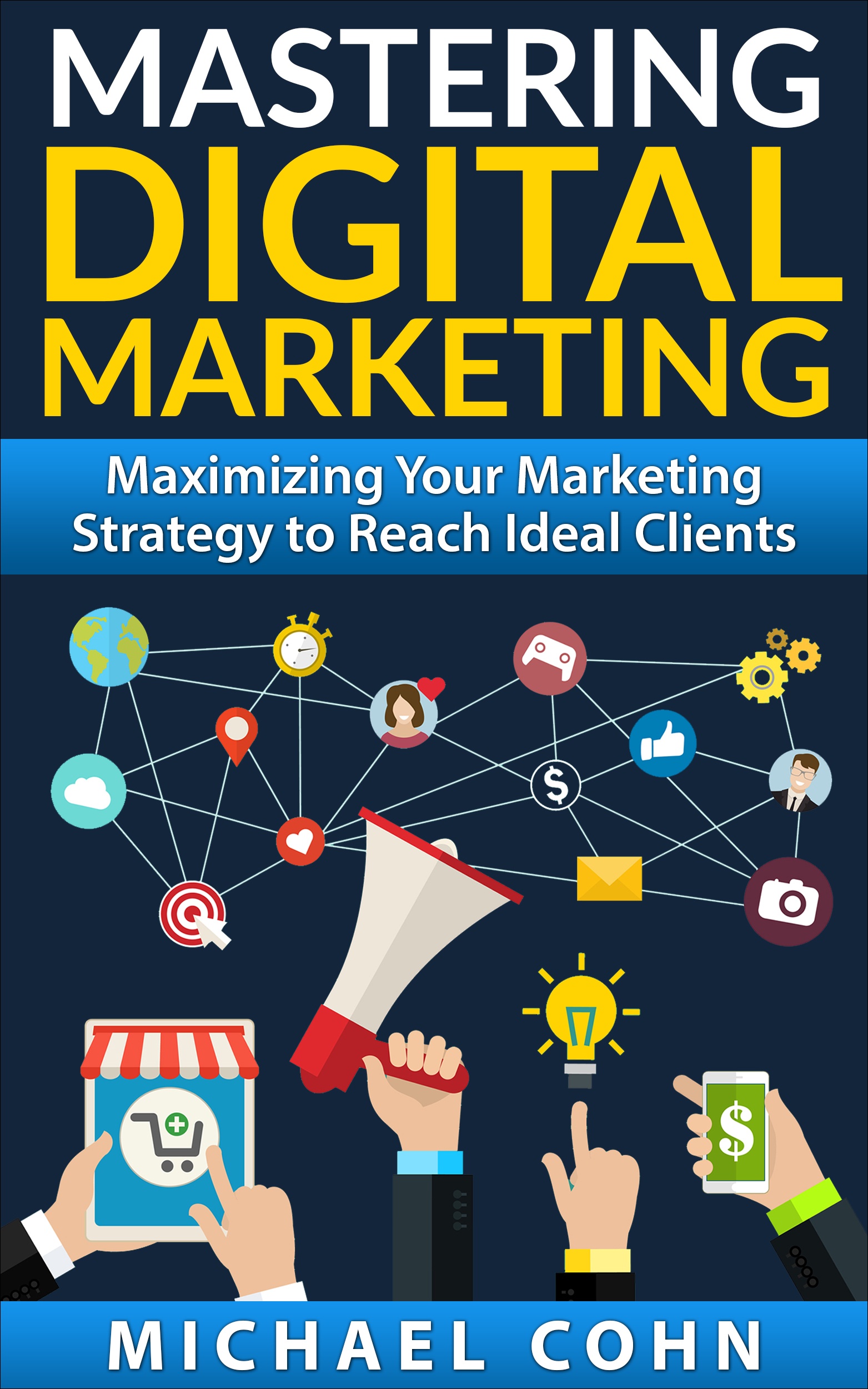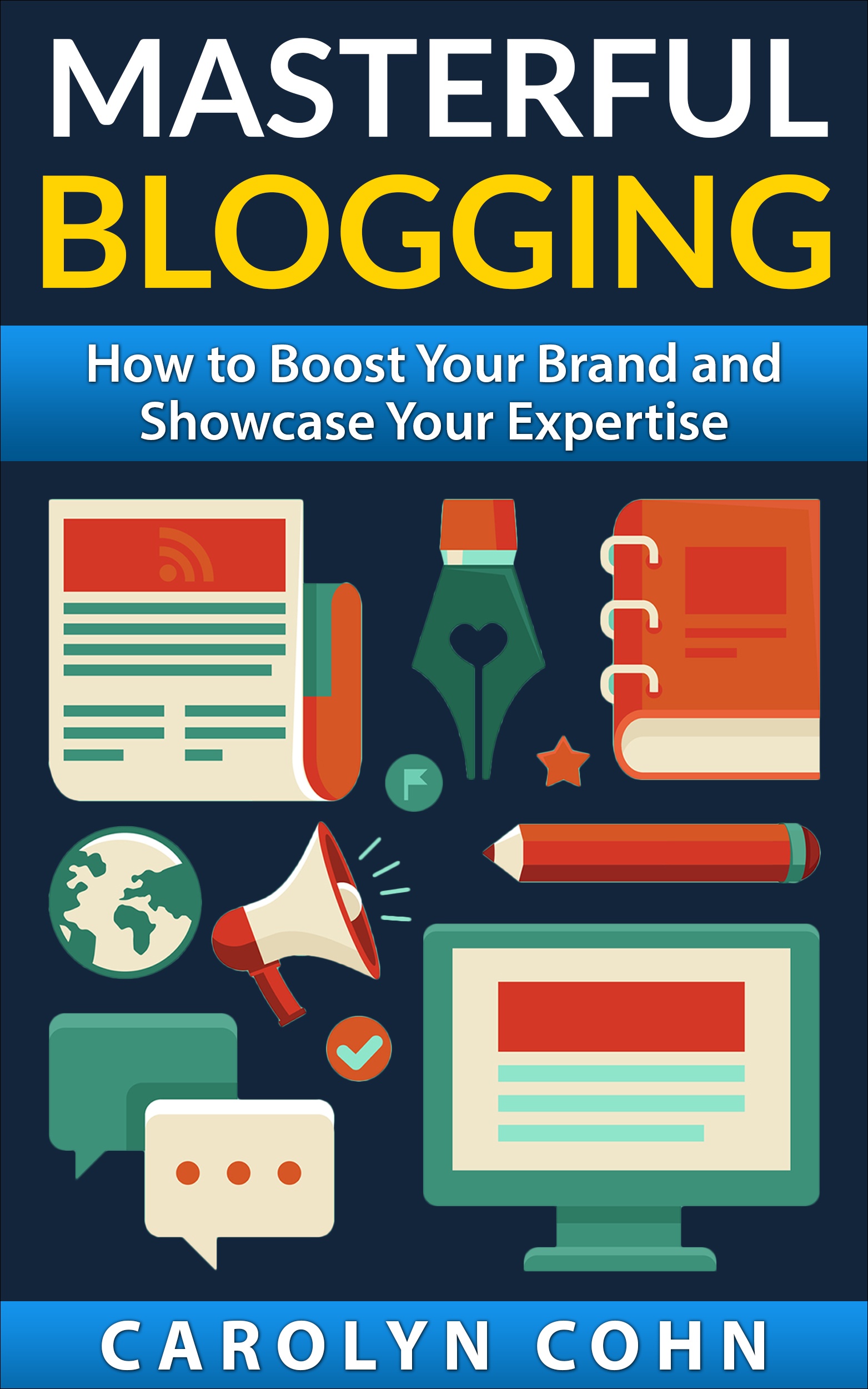Incorporating Graphics Into Your Online Content

Graphics are an important part of your online content. They make your articles more attractive and they draw readers to your content in a way that often works more effectively than if you merely had words on a page.
Using a graphics strategy
Graphic images are a wonderful tool to draw your target audience to you. It is important to remember that you must not do things inadvertently. You should build an online social media marketing strategy that includes the use of graphics in a creative and effective manner. The use of graphic images should be an official part of your overall strategy. Human beings are attracted to pretty things. Of course, it goes without saying that the words that you use in your online content are extremely important. However, the images will help to get people to notice what you are saying and will make them want to continue reading. This point is substantiated by the rise to power of such sites as Pinterest and other websites that rely heavily on graphics. Those websites are doing extremely well and have been gaining momentum since they were first introduced. The more people read your content, the more your chances are of eventually doing business with those people.
A connection between graphic images and ROI
It is a known fact that there is a strong connection between graphic images and return on investment (ROI). People who associate images with products and/or services that are for sale tend to buy more of those products and/or services in the end. There are many different ways to make the most of images and to really get it to bring your business tremendous success.
- Customize your images to fit your marketing strategy: Whichever images you choose to associate with your brand and your business, it is critical that they are an extremely accurate representation of what your branding and business represent. It is important to be broad-minded when it comes to the images that you use. In other words, you should not only consider photographs but you should also think about using other illustrations as well.
- Think about different types of visuals: One thing that you should consider is infographics (or another similar graphic program). This is an excellent way to present several creative perspectives at the same time and it will really show people what you are capable of doing. It is important for you to understand that you may have to spend some money to make this happen but you will hopefully feel that it was worth it in the end.
- Developing your strategy: It is critical that you build in the graphic element to your overall online marketing strategy. You will undoubtedly need additional images at some point in the future so it is a great idea to develop a repository and start to store images that you need eventually.
- Recycling already-existing content: You don’t always have to reinvent the wheel. You may already have in your possession a large amount (or at least some) content that you may be able to get a lot more mileage out of than only being able to use it once. A lot of your content that you have used in the past may have no time sensitivity whatsoever and you can theoretically use it for as long as you want.
- Complement your content with appropriate graphic images: There are so many different images available that you can use. However, it is very important to remember to make sure that the particular image that you want to use is either yours or is a part of public domain. Otherwise, you will need to seek permission and that might cost you some money.
- Repurpose your images: Just as you are able to repurpose your words (content), you are also able to repurpose your images. In fact, images are even easier to repurpose because there are so many that are not time specific. You should look at what you have and figure out which ones can be used again in different contexts.
- Make sure that they can find your images: It is important that people have an easy time finding your images when they are looking for images. You want your images to be the ones that they see.
- Share your images: You should encourage other people to share your images with people who they know. If you want the sharing to really occur, make sure that you give access to the appropriate buttons and use an effective call-to-action.
Conclusion
The use of graphics in your online content is a great way to get your content noticed and to get it to be shared with a large number of other people. People will be attracted to your content and will pay attention to what you have to say if the content and images are appealing, interesting and educational. A picture really is worth a thousand words. The images that your readers see in your content will stay with them for a long time. Graphics enhance and highlight the concepts that you have chosen to share with your writers through your written content.
We are pleased to provide you with the insightful comments contained herein. For a free assessment of your online presence, let’s have coffee.





Via LinkedIn Groups
Group: Advertising Production Professionals
Discussion: Incorporating Graphics Into Your Online Content
Agreed. What’s the old saying?: A picture is worth a thousand words.”. In addition to static graphics, consider adding a small short video that illustrates how a product functions and how a product is essential to own.
By Dan Filice
Via LinkedIn Groups
Group: For Women Entrepreneurs
Discussion: Incorporating Graphics Into Your Online Content
Also if you can link the graphics to a website it can add to your Google listings. Also graphics in your marketing emails.
By Mary Pam Kilgore
Via LinkedIn Groups
Group: Publishing and Editing Professionals
Discussion: Incorporating Graphics Into Your Online Content
I agree! It enhances the reading experience and provides another source of understanding with the author.
By Dari McDonald
Bogdan Fiedur via Google+
Not to mention that when you use a good graphic, then putting it onto Pinterest is also a great way to get extra mileage out of your content and get people interested in what you have to say. Good points on this post by the way.
Via LinkedIn Groups
Group: The Society For Echo Boomers International ® Entrepreneurship
Discussion: Incorporating Graphics Into Your Online Content
Being an artist I can relate to what you’re saying…..but I much prefer to design something by hand, then see if I can get it online.
“Techno art” is ok for some, but for me I think it’s a blast to just design and/or paint something by hand.
But,not everyone is into abstract design and mine is sort of combo of funky and tribal. lol
By jan lewis
Via LinkedIn Groups
Group: The Content Wrangler Community
Discussion: Incorporating Graphics Into Your Online Content
If we talk illustrations (drawings) you should consider SVG.
Currently we see better and better support for SVG in various browsers why it is worth to consider to start using SVG also because most likely it will be officially embedded into HTML5. Just something to consider as a serious option !
By Keld Jellesen
Via LinkedIn Groups
Group: Business Writers of America
Discussion: Incorporating Graphics Into Your Online Content
I agree. Graphics are an important element for web copy. They help break up the white space, giving your reader a break.
You should choose your graphics carefully, just as you do your words. Many graphics, like many words, have become cliches. For example, hands typing on a laptop is so over-used that it’s become almost meaningless.
Graphics are not just place-holders. They can be considered side notes, almost pull quotes. Their placement is crucial to keeping the pace of the article.
And don’t forget the graphics text: captions, alt text and titles. Don’t just say, “Picture of a computer,” but, “Modern computer technology allows work to be done at the speed of light.”
Just an example, but make sure that your graphics complement your text to be effective.
Nice article!
By Steve Maurer
Via LinkedIn Groups
Group: The Content Wrangler Community
Discussion: Incorporating Graphics Into Your Online Content
I think this a nice summary of the benefits of incorporating graphics. But in today’s world, content developers need to be aware of the varying pitfalls with computers, tablets, smartphones, etc. A detailed discussion of formats, file sizes, etc. might not be appropriate for this article, but a short cautionary note (ideally with references to relevant info) seems like a good idea.
By Marc Gravez
A decent graphic takes about a day to produce, possibly a week or a month. A thousand words takes approximately 3 hours more or less. In this digital age, you can snap a photo to include that will draw attention to words, which most people aren’t really interested in. Words represent ideas that rattle around in someone else’s brain like birdshot in a dumpster. Words used to be what people used to describe things before photography. That’s why magazines nudged them aside, and movies and television replaced newspapers. Image based communication has basically supplanted linear, rigid writing. But literature is still a way to imagine things that can’t otherwise be depicted, although most of it gets wasted describing new products for sale that you don’t need.